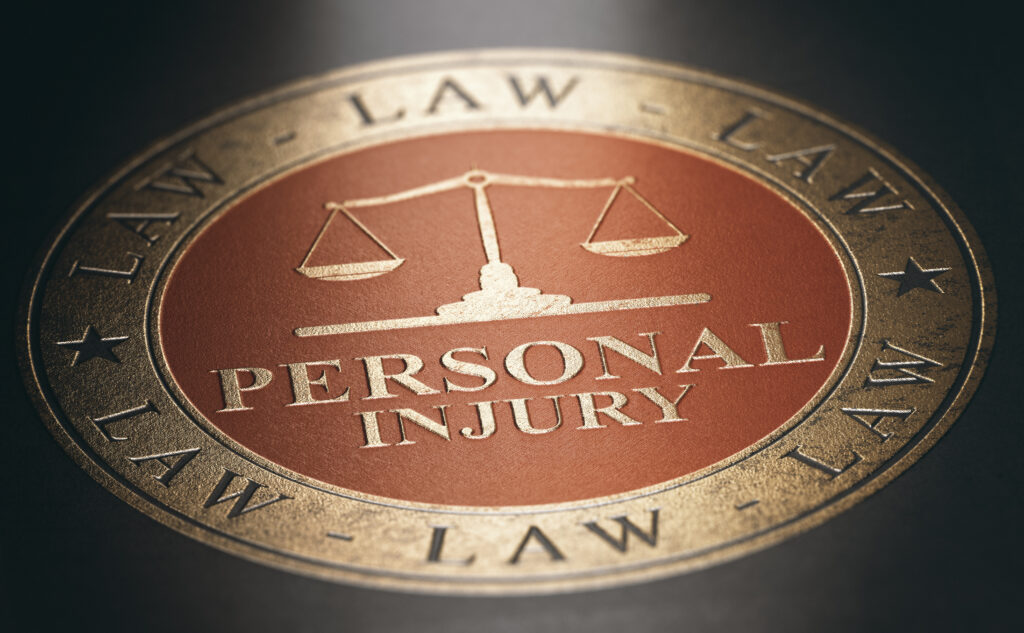Medical malpractice cases arise when the appropriate standard of care is violated, and the patient is harmed as a result of the inappropriate care. If successful, patients receive compensation for any damages caused by the sub-par care.
Doctors and hospitals experience between 15,000 and 19,000 medical malpractice lawsuits annually in the USA. So, understanding the anatomy of these cases is vital to ensure appropriate care and protect their medical practice as well as their livelihoods, as Attorney Joseph Taraska explains below.

Who Can File Medical Malpractice Lawsuits
Any patient, the parents of a minor or the survivor of a deceased patient can file a medical malpractice lawsuit at any time for various reasons, the more common of which are as follows:
- Misdiagnosis or failure to diagnose
- Premature discharge from hospital
- Unnecessary surgery
- Surgical errors
- Failing to follow up
- Failing to act on test results or to order tests
- Leaving items inside a patient after surgery
- Prescribing the wrong medication or incorrect dosages
- Operating on the wrong body part
- Persistent pain after surgery
- Failure to adequately consider signs and symptoms
- Bedsores or pressure ulcers
- Failure to diagnose life-threatening infections
What Does a Medical Malpractice Case Involve
These lawsuits involve the following parties:
- The plaintiff is typically the patient. However, they can designate someone to act on their behalf. In the legal world, it’s the person who takes the case to court
- The defendant is the healthcare provider being sued. This includes doctors, nurses, therapists, and other industry professionals
- The prevailing party is whoever wins the case
- The losing party is whoever loses the case
- The factfinder is otherwise known as the judge or jury
How Plaintiffs Succeed in Medical Malpractice Claims
As to be expected, plaintiffs must work incredibly hard to prove their case against a healthcare provider.
Success depends on the existence of these four elements:
.
- The hospital or healthcare provider owed a duty usually as a result of a doctor-patient relationship
- The hospital or healthcare provider breached the duty because they didn’t conform to the standard of care.
- The breach of the standard caused injury or damage to the patient
- The damages or injuries are such as are compensable under law

The Medical Malpractice Case Process
Since lawsuits are costly and time-consuming, claimants normally only file when they’re sure their case involves the four points mentioned above.
Usually, the medical malpractice lawsuit process works like this:
- The plaintiff or their representative files the lawsuit in court.
- Before the trial, both parties share information, including documents, interrogatories, and depositions.
- If the parties agree, they can settle the case outside court, preventing it from going to court. If they can’t concur, the case goes to trial.
- As mentioned, the plaintiff must prove the defendant was negligent and that the negligence caused an injury or damage. Typically, parties present experts to explain the standard of care necessary and relate the injury to the negligence.
- The factfinder considers the evidence before deciding whether the plaintiff has proven all four elements. The standard applied in weighing the evidence is the preponderance of the evidence—or more likely than not.
- If the plaintiff prevails, the judge awards damages.
What Can Plaintiffs Recover from Successful Medical Malpractice Cases
When successful, plaintiffs may be awarded compensatory and in rare cases punitive damages.
Compensatory damages include both non-economic and economic damages. Non-economic include such things as pain and suffering, mental anguish and loss of companionship. Economic damages may include among other items medical bills, lost wages, loss of earning capacity, loss of services that one was capable of performing and the cost of rehabilitative and attendant care.
Punitive damages may under some circumstances be awarded if the defendant is guilty of wanton or willful and malicious misconduct. The damages awarded are meant to deter similar conduct in the future and may depending on state law exceed compensatory damages.



